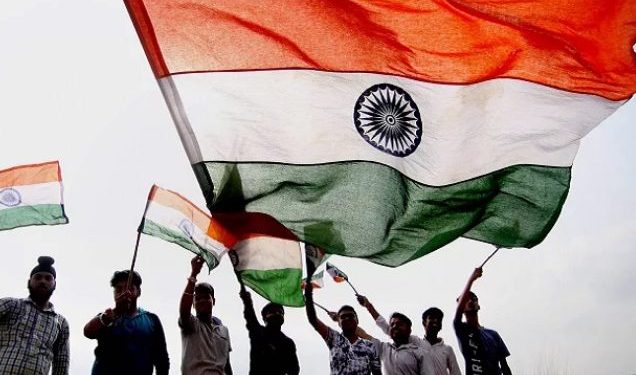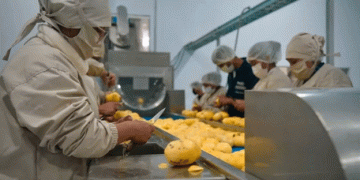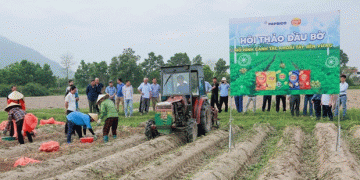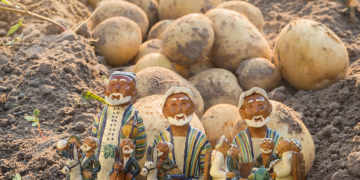At the time of inception of CPRI, in the year 1949, India used to produce 1.54 million t potatoes from 0.234 million ha area at an average productivity level of 6.58 t/ha. As per FAOSTAT, the potato production in India during 2013 was 45.34 million t from 1.99 million ha area with a productivity of 22.76 t/ha. It is the hard work of potato farmers, scientists and policy makers that potato area, production and productivity increased over 6 decades by 8.5,29.4 and 3.5 times, respectively. Contribution of CPRI has been adequately recognised by the nation on several occasions, however, potato in India has still to transform from simply a vegetable supplement to serious food security option. Ability of potato to produce highest nutrition and dry matter on per unit area and time basis, among major food crops, made FAO to declare it the crop to address future global food security and poverty alleviation during 2008. Rising number of working couples, rapid rate of urbanization, enhanced tendency of eating out of home, higher disposable income levels of people and important place of potato in fast food items, create an ideal situation for enormous expansion of potato consumption in the near and distant future.
Estimated domestic demand of potatoes in India is 122 million t during 2050. Demand for processing quality potatoes will increase from current level of 2.8 million t to 25 million t in the year 2050. It implies that the demand is expected to increase by 6% ACGR up to 2050, where frozen potato products will have the highest ACGR (11.6%) followed by potato flakes/powder (7.6%) and potato chips (4.5%). On similar lines, the food demand for fresh potatoes will increase from the current 30 million t to 78 million t during 2050 at an ACGR of 2.34%.The demand for seed potato will grow nearly 2.1 time by the year 2050, therefore, highly concerted efforts needs to be directed towards providing desirable quality seed potatoes to all farmers at remunerative prices.
‘CPRI Vision 2050’ document presents comprehensive analysis of constraints and challenges in the path of meeting our future goals. The document contains elaborated strategy to overcome these challenges and mitigate the constraints. Analysis of strengths, preparedness and work culture of the institute makes me fully confident that the institute will meet not only these expectations but set new global standards.
We are grateful to Dr. S. Ayyappan, Director General ICAR and Secretary, DARE, and Dr. N. K. Krishna Kumar, Deputy Director General (Horticulture Science) for envisaging the significance of long term research agenda and motivating us to bring out the ‘CPRI Vision 2050’. I sincerely thank Dr.T. Janaki Ram, Assistant Director General (Horticulture Science), for his constant involvement in the improvement process of this Vision document. Invaluable comments and suggestions of CPRI’s RAC chairman Dr. G. L. Kaul helped us improve Vision-2050 considerably. Further, I would like to put on record the sincere efforts of Dr. Rajesh K Rana, Principal Scientist, Division of Social Sciences, Dr. PM Govindakrishnan, Project Coordinator, AICRP (potato) and Dr. VK Dua for providing scientific inputs to give this document its present shape. Role of in-charge PME cell, Dr. Brajesh Singh in providing contents of this document to all stakeholders is duly acknowledged. I am confident that this document will act as a lighthouse for providing clear-cut course of action in order to pursue future potato research and development activities in India.






